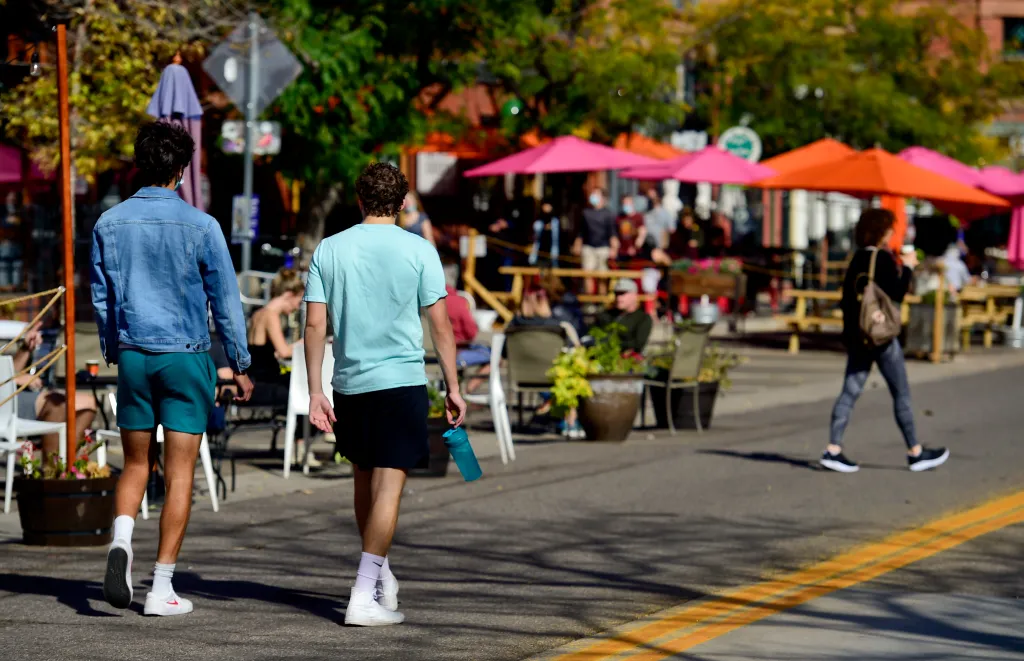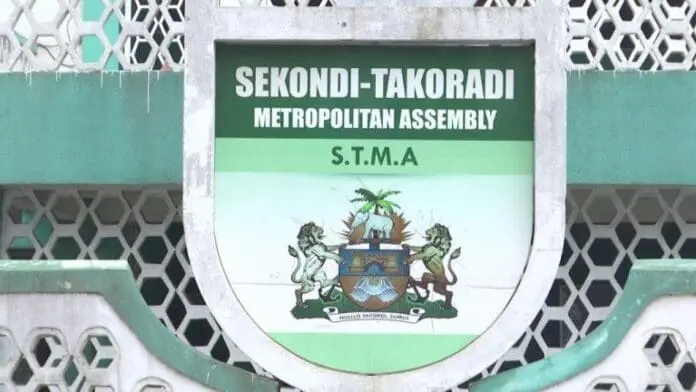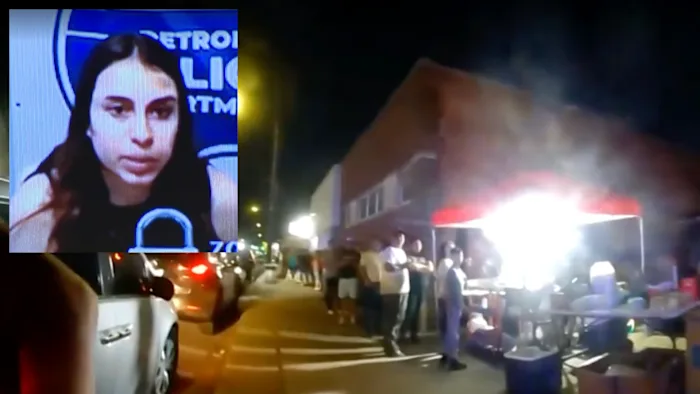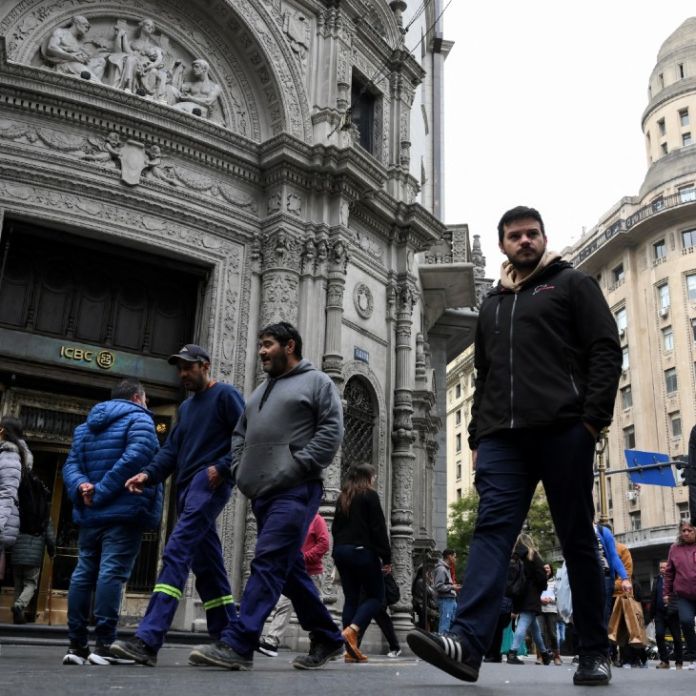
Members of our Community Editorial Board, a group of community residents who are engaged with and passionate about local issues, respond to the following question: The City of Boulder is hosting a community assembly of 48 residents to explore the possibility of creating 15-minute neighborhoods in Boulder. Your take?
I live in a single-family neighborhood in South Boulder, and by most measures, it’s already a 15-minute neighborhood. The shopping area at Broadway and Table Mesa has just about everything I could possibly need within a short walk or bike ride: groceries, restaurants, coffee shops, medical offices, gyms, even a library branch. It’s thriving.
Living this way is incredibly convenient. I drive far less, and my family and I spend more time walking and talking, and less time in traffic. Contrary to what some critics say, this hasn’t brought any noticeable increase in density to my neighborhood: it’s still tree-lined streets and single-family homes. To me, the idea that 15-minute neighborhoods must mean massive densification misses the point. Not every part of Boulder will reach that threshold, and that’s fine; it’s more like a gradual diffusion, where some areas naturally have a fuller mix of services while others taper off and still require some driving.
As part of the Boulder Valley Comprehensive Plan update, the City of Boulder has formed a 48-member community assembly to explore 15-minute neighborhoods. Randomly selected from thousands of invitees to reflect the city’s demographics, participants receive a stipend to attend seven daylong workshops from May to October, where they learn from experts and draft recommendations for local officials. While some have criticized the assembly for operating behind closed doors, I see it more like focus groups gathering information. Minutes are public, and there will be chances for broader community input once the group has outlined its approach and recommendations.
My one big observation — something I wrote about months ago — is that 15-minute neighborhoods compete directly with downtown. The more complete and convenient my neighborhood becomes, the less reason I have to go downtown at all. That’s great for me personally, but it does shift where dollars are spent. It seems worth acknowledging that the city is trying to revitalize downtown while also encouraging self-contained neighborhood hubs. Those goals can be in tension with one another, and I hope planners are thinking about how to balance them.
Overall, I’m all for it. My experience living in a 15-minute neighborhood has been overwhelmingly positive, and I’m confident City staff will pursue it thoughtfully, transparently, and inclusively so more people can enjoy that same quality of life.
Hernán Villanueva, chvillanuevap@gmail.com
If you take a stroll down Maxwell Avenue in Boulder, you’ll come across a historical marker on 6th Street for the Dasy Grocery, a “mom and pop” store that served the Mapleton neighborhood from 1918 to 1967. It is within walking distance of Mapleton Elementary, a variety of downtown churches and Mount Sanitas. First came the neighborhood, followed by the supporting infrastructure and services. As a kid in Jersey City, I was surrounded by small independent stores that knit the community together. They were meeting places, not just places of commerce. A baker, a grocer, the butcher store, Betty’s candy store, a liquor shop, and Stan’s Stationery all squeezed into corner lots of residential streets, and every Saturday in the summer, an amusement park ride rolled down Grace Street on a flatbed truck, followed by the Good Humor man. Everything, everywhere.
Small town Boulder to large urban neighborhoods seem to have followed the dictates of Emergence Theory, that is, the interactions of individuals and communities shape their environment. It is a bottom-up design, not a top-down imposition. First came the neighborhood.
As part of the Boulder Comprehensive Plan, a vision of a walkable community includes access to work, shops and play within a quarter-mile radius or 15-minute walk. That one is able to walk or cycle to meet basic needs is a laudable aspiration, but may be unrealistic. The benefits are obvious, less reliance on cars, better air quality, a boost to local economy are all desirable. The hope is that these new “green spaces” support public health and well-being while offering variety and choice to close-knit communities. But all this comes at a cost, which will undoubtedly increase congestion in an already dense community and runs the risk of widening the inequality between the affluent and the working poor.
Maybe the real question is not about walkability, getting from point A to point B. Maybe the question is about what constitutes a neighborhood? Is a neighborhood merely a collection of people who share a common demographic, or is it something more? A neighborhood is more than the sum of its parts. How do the needs of that community change over time? I feel the nostalgic tug for the neighborhood grocer, but will that need for connection outstrip the gravitational pull of free parking and lower costs at Costco?
We will have to choose, prioritize those amenities we desire to access. I used to live close to hiking trails, I no longer do. But I can walk to the Louisville Rec Center. It’s a tradeoff. I’m sure that wherever I am, I’ll be near a Starbucks. My generation will take to heart the wisdom of The Rolling Stones, “You can’t always get what you want, but if you try sometimes, you get what you need.”
Jim Vacca, jamespvacca1@gmail.com
I love the idea of a 15-minute neighborhood, and my neighborhood, Rock Creek in Superior, has been one for our family, off and on, for decades.
When we first had kids, my wife was working at StorageTek, and she had the rarest commute, even back then: a 2-mile, no-traffic-light drive. Superior Elementary School was 600 meters from our house. I scootered my kids to school on a non-motorized scooter if you can believe it. Yes, they really did exist back then. Safeway was less than a mile away. The mall and restaurants were within a two-mile radius. Avista Hospital, where my sons were both born, is 1.5 miles away, with a single traffic light en route. Our commute was so short that I once rode to work faster than my wife could drive there. She’ll say I ran a stoplight, but loyal readers will know I’m too law-abiding for that to be true. Nowadays, we walk to dinner at our favorite Mexican restaurant and bike to our favorite greasy spoon breakfast haunt. She works out of the house as my Senior Executive Assistant, and I cycle to campus to teach young people the mysteries of computers.
Surely Boulder must be even better. But, no, not necessarily. Luckily, our jobs were/are close. That isn’t the case for many people and won’t be in the future either. Grocery stores, schools and hospitals need a certain number of customers/students/patients to survive. If they all must be found within 15 walking minutes, then the neighborhoods must be very dense: read apartments, condos, highrises. You don’t get one without the other. The city can’t mandate businesses to pop up in small, sparse neighborhoods. Nor can they mandate employers to split offices into small units to draw the tiny number of workers within that same walking distance.
The idea is compelling, but it is highly unlikely to occur by happenstance, and forcing the creation by fiat is draconian. Most of Boulder’s control over such creation is by making it more and more difficult to drive. Basically, increasing traffic and lengthening commute times are the result. Ah, but then people will just walk and bike, right? In San Diego, maybe. In Colorado? In winter? Absolutely not.
Bill Wright, bill@wwwright.com



